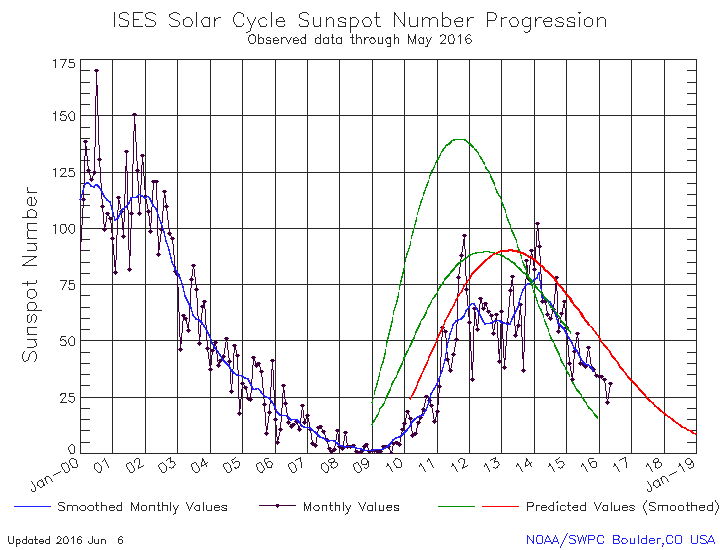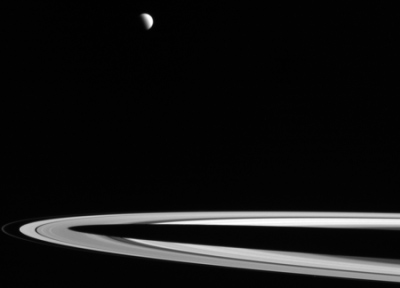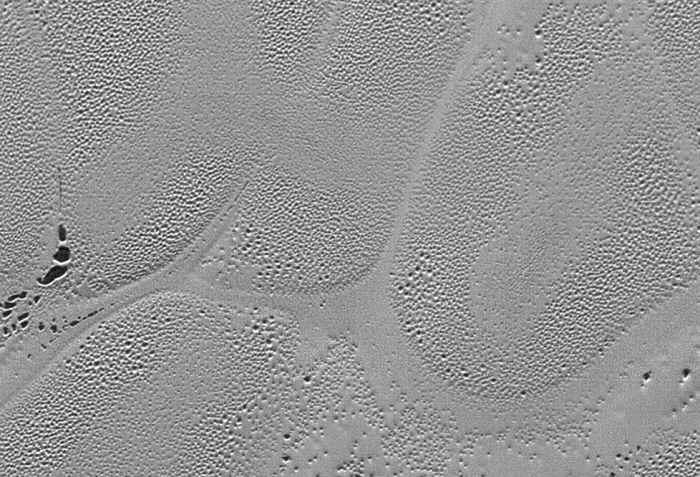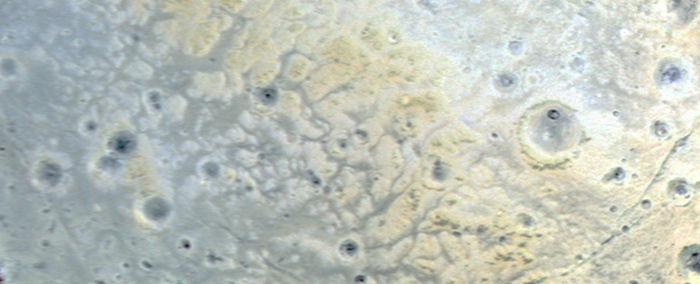Mars’ seasonal dust storms
Data from the many Martian orbiters since 1997 have allowed scientists to roughly outline a seasonal pattern of dust storms on Mars.
Most Martian dust storms are localized, smaller than about 1,200 miles (about 2,000 kilometers) across and dissipating within a few days. Some become regional, affecting up to a third of the planet and persisting up to three weeks. A few encircle Mars, covering the southern hemisphere but not the whole planet. Twice since 1997, global dust storms have fully enshrouded Mars. The behavior of large regional dust storms in Martian years that include global dust storms is currently unclear, and years with a global storm were not included in the new analysis.
They have also found three types of regional dust storms, all of which appear to occur each Martian year.
Data from the many Martian orbiters since 1997 have allowed scientists to roughly outline a seasonal pattern of dust storms on Mars.
Most Martian dust storms are localized, smaller than about 1,200 miles (about 2,000 kilometers) across and dissipating within a few days. Some become regional, affecting up to a third of the planet and persisting up to three weeks. A few encircle Mars, covering the southern hemisphere but not the whole planet. Twice since 1997, global dust storms have fully enshrouded Mars. The behavior of large regional dust storms in Martian years that include global dust storms is currently unclear, and years with a global storm were not included in the new analysis.
They have also found three types of regional dust storms, all of which appear to occur each Martian year.




